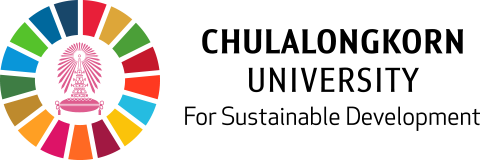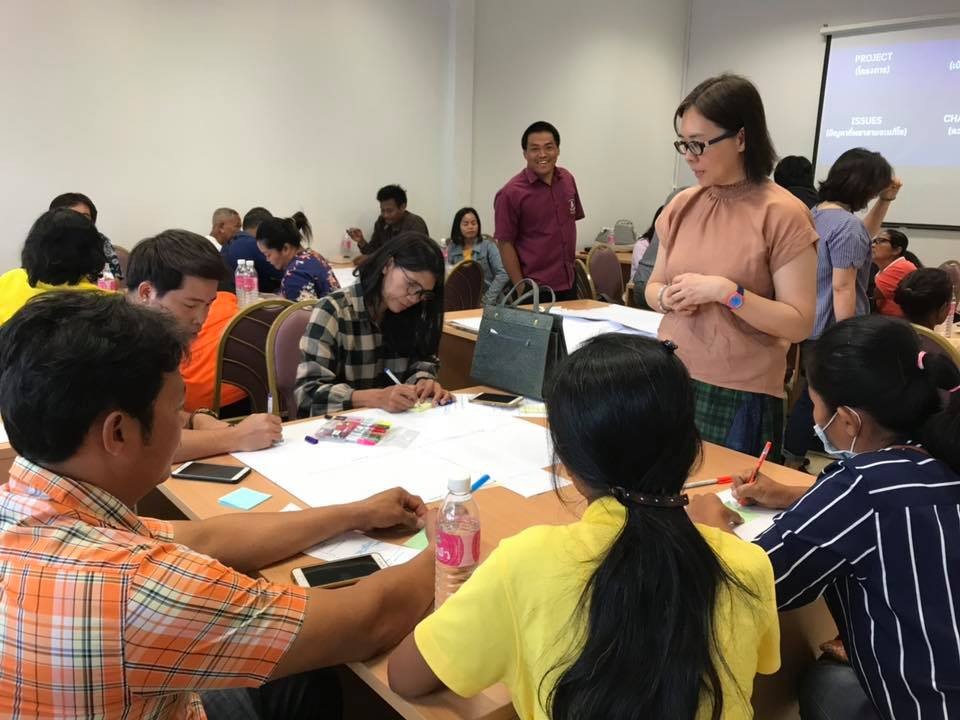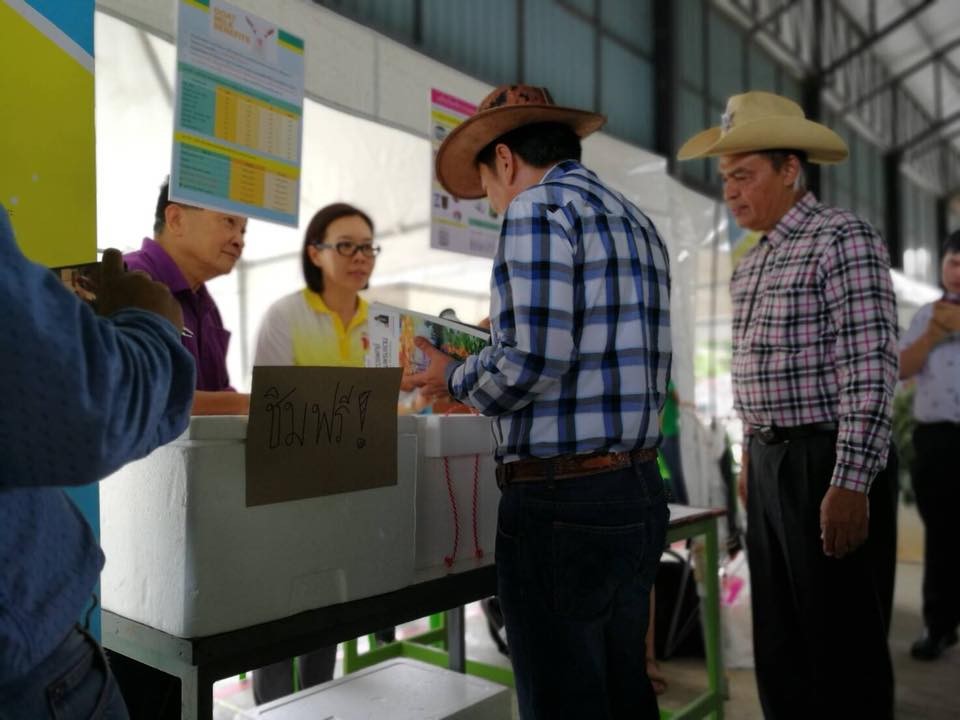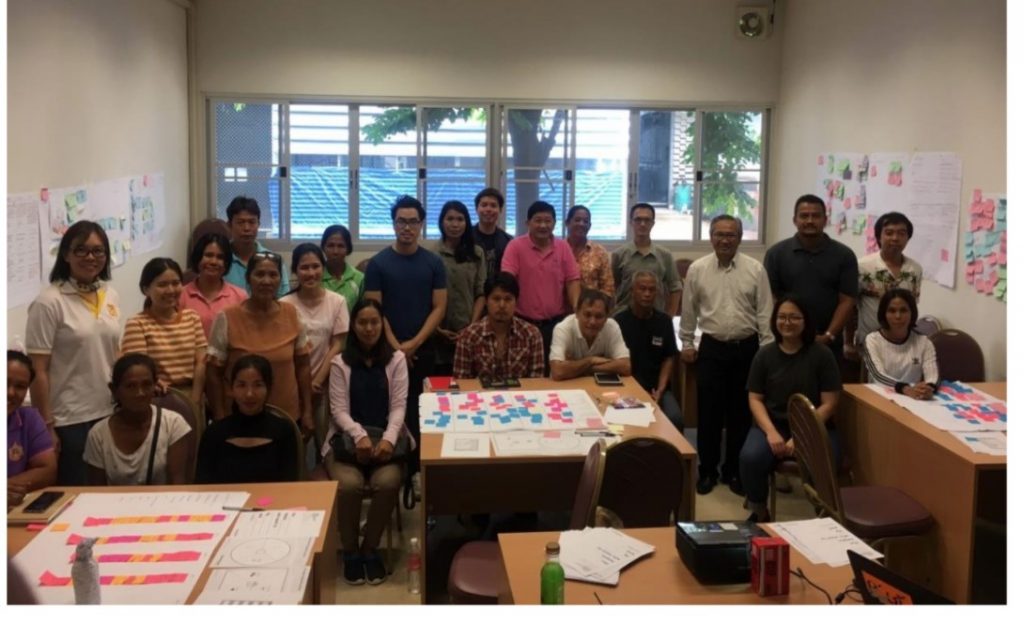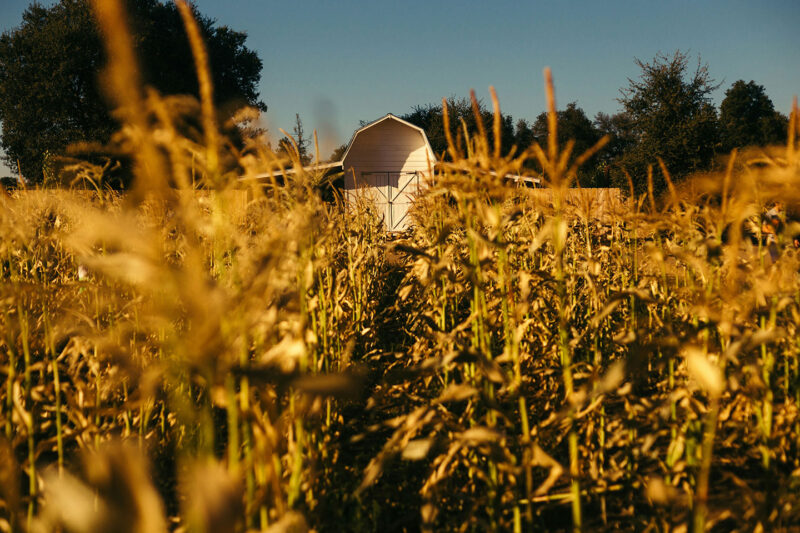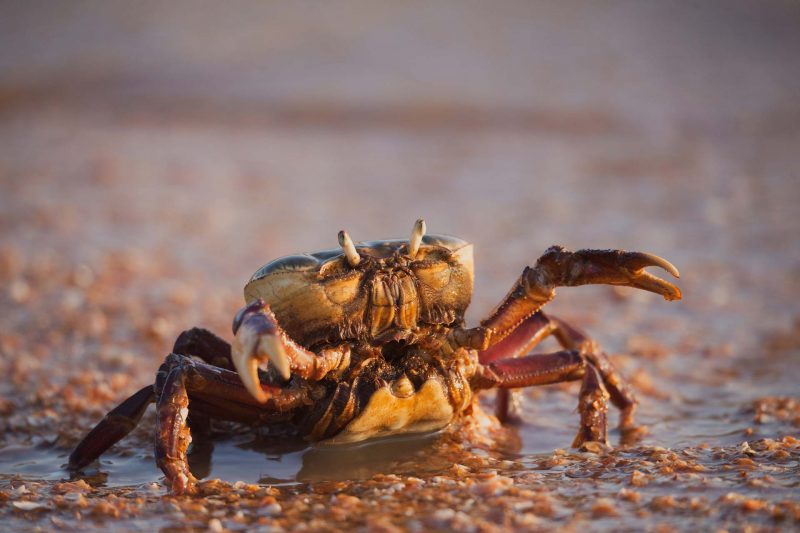Chulalongkorn experts share knowledge across the value chain in Saraburi
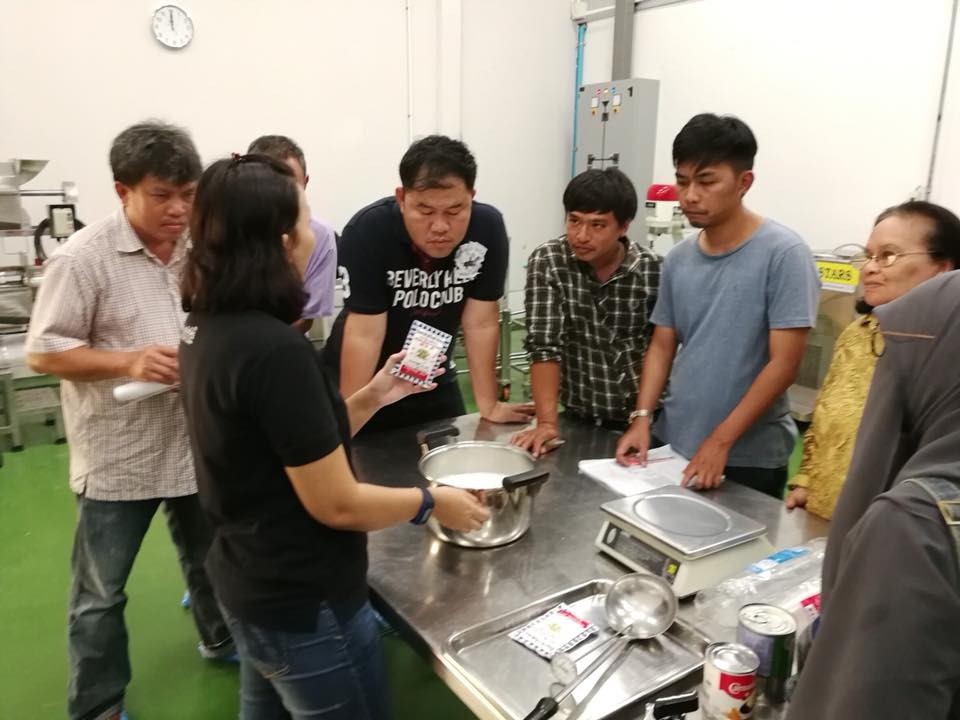
Those who pass through Muak Lek district in Saraburi province may notice a change in the roadside view – instead of dairy cows, they may be seeing herds of goats.
Due to a lack of distributors, farmers in the area have started to change from dairy cow farming to rearing goats for milk. The latter is attractive because raising goats for milk costs less than raising dairy cattle as less space is required and the maintenance expenses are lower.
As there aren’t many goat milk farmers, and selling prices are relatively high, it is also an attractive investment opportunity. Good quality goat milk can fetch anywhere from 50 to 150 baht per kilogram, while cow milk is about 20 baht per kilogram.
Goat milk is highly nutritious, easily digestible and rich in protein and good fats. It is also suitable for the elderly and for people who are allergic to traditional dairy products.
The goat milk industry is gaining ground thanks to interdisciplinary collaboration between the faculties of Veterinary Science and Science at Chulalongkorn University, which are sharing their expertise from start to finish across the value chain. The knowledge ranges from farm management and animal health to processing of raw milk into value-added products.
As a result, this promotes goat farming as a trade, increases household income and offers a quality acquisition prototype for getting products to market, led by young entrepreneurs, especially for new graduates or those graduating from Chulalongkorn University. This “triple helix” approach — university, farmers and new entrepreneurs in a full-service manner — is illustrated in the diagram of the value chain.
The performance in phase 1, shows the progress made by the goat farmers’ group in Muak Lek district, where ready-to-drink goat milk production began. In addition, a petty patent has been registered for pasteurized goat milk with pulp in four flavors: Natural, Banana, Coconut and Cantaloupe. Farmers can also earn extra income from selling the petty patent to new entrepreneurs (startups) for the distribution of goat milk.
Chulalongkorn University has cooperated with local officials in Saraburi in developing goat milk products and transferring knowledge to farmers in related exhibitions such as National Goat Day activities. At a later stage, the project will expand the processing of goat milk to cheese and milk tablets, as well as producing skin-care products such as soap bars, liquid soap and body lotion. These are high-value products that have various distribution channels. The added opportunities will help create a more standardized and higher-quality goat-rearing model and will provide a more stable occupation for farmers.
The goal of the project is for farmers to produce their own products by encouraging them to use only raw organic goat milk developed from research by Chulalongkorn University.
Raw goat milk processing offers increased incomes for the community and provides stable careers. Various prototypes are under development, ready to be passed on to farmers and other interested people in Saraburi and nearby provinces.
The project also promotes entrepreneurship in line with economic development guidelines for career creation. People in the community have access to innovative goat milk products and the creation of commercial sidelines to diversify income and so provide further development opportunities.
Sawitree Duang-anon, who runs Manop Goat Farm in Muak Lek district, currently produces pasteurized and sterilized goat milk that is 100% natural.
By taking part in the project, she says she has learned about product design, packaging, milk flavor product processing and how to make products more attractive. Other than goat milk, Sawitree has also developed new products including snacks, food and cosmetics.
“The target market for sterilized milk is pets and pasteurized milk is aimed at the elderly, or health-conscious people,” she says.
“Pasteurized milk is sold at promotional fairs and for direct pre-order. Regular customers are villagers from the neighbourhood and communities nearby, while sterilized milk is sold to some clinics, hospitals and pet shops for dogs and cats.
“The income from selling goat milk depends on the quantity of the milk and the number of goats. Mine is a large-scale factory, so monthly income is high. The more goats you have, the more milk you get”, she explains.
“We cannot sell one product alone. What is left over from the daily production of pasteurized and sterilized milk, we sell the remaining raw product wholesale to factories.”
What Sawitree would like to see now is a training course for entrepreneurs and interested farmers on how to make new products and improve their marketing methods.
Araya Sukhom, a manufacturer with Golden Sack Trading Co Ltd, says she decided to market goat milk because of its benefits and the fact that the market has room for expansion. “We have studied farmers in the past who have experienced an oversupply of milk. We have the marketing know-how. So we thought, how can we help the farmers? We can help promote and improve their products,” she explains.
Members of the goat milk export market group sell their products through event fairs and by direct delivery in the Bangkok area. After expenses, the cost of goods, booth rental, labor and other deductions, the profit is in the range of 20-30%.
“My future goal is to have halal certification of our products so that we can export them easily, and also to develop products with a longer shelf life,” says Araya. “This would mean that they could be sold throughout the country, to schools, and to Muslim customers, possibly as soon as next year.
“This year we were planning to launch goat milk tablets and we conducted trials in the market. But when Covid-19 happened, the launch was postponed to next year. Initially, we developed tablets and tried out different flavors, tested them and then produced them. Now we are waiting to start the production of fruit-flavored goat milk.”
Innovations have been made create goat milk that is odorless, with 100% fruit flavor, while adding no artificial colors or flavors. The available varieties include banana and coconut and there are plans to develop a melon flavor. “This adds alternatives for our target groups and expands the customer base,” Araya says.
Participating in the project, she says, has provided comprehensive training, both about goat milk products themselves and related information.
“I want to learn and to know how, if a mid-level entrepreneur like me wants to set up as a farmer, would I go about it?” she adds.
BY
Faculty of Veterinary Science, Chulalongkorn University
Faculty of Science, Chulalongkorn University
Related articles:
Others
